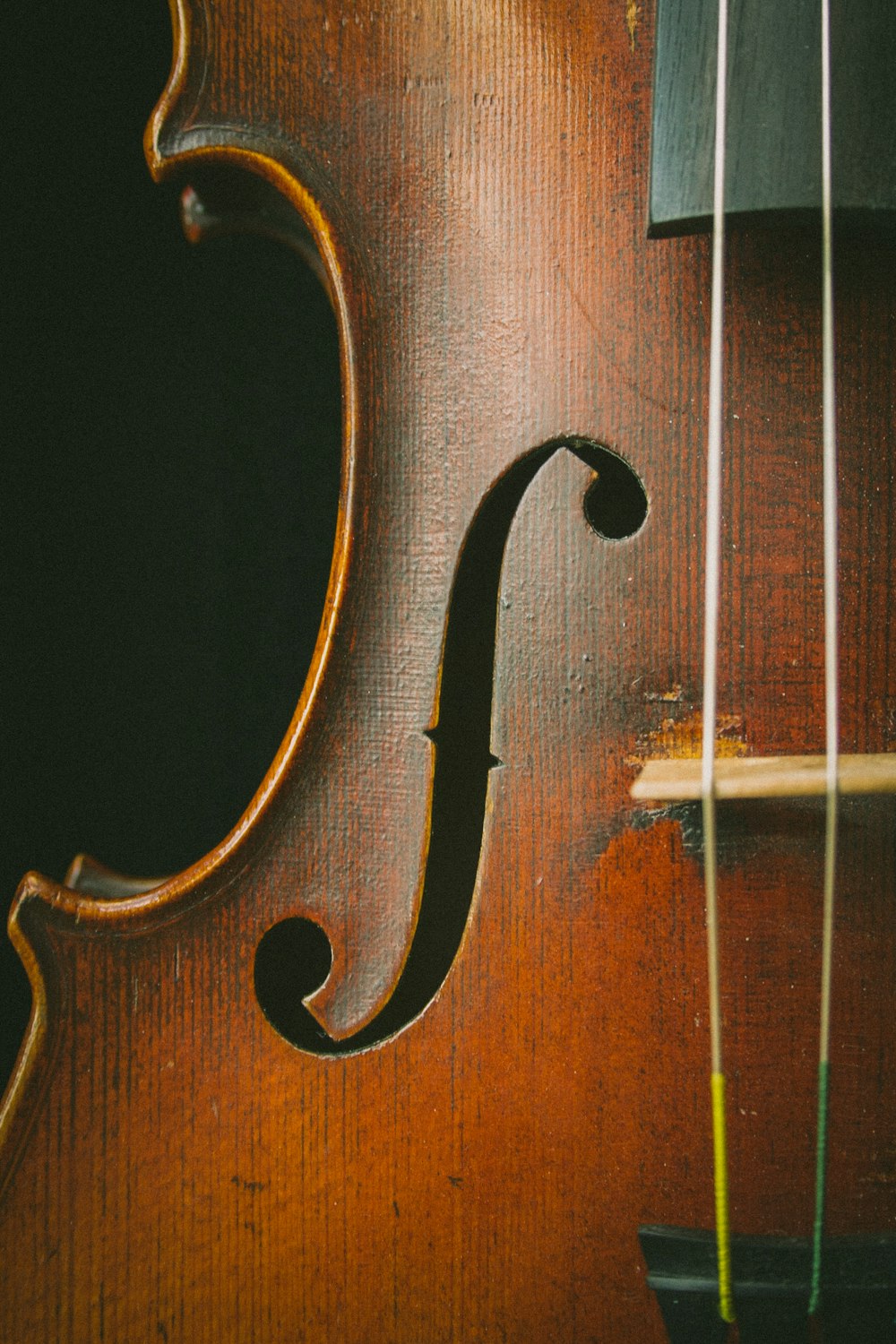13 Music of the Romantic Era

Music of the Romantic Era
When people talk about “Classical” music, they usually mean music of the Western world of any time period. But the Classical period was actually a very short era, basically the second half of the eighteenth century. Only two Classical-period composers are widely known: Mozart and Haydn.
“Haydn: The Creation|Nederlands Kamerkoor, Concerto D’Amsterdam & Klaas Stock (2009).” YouTube, uploaded by DW Classical Music, 12 Mar. 2022.
The Romantic era produced many more composers whose names and music are still familiar and popular today: Brahms, Tchaikovsky, Schumann, Schubert, Chopin, and Wagner are perhaps the most well-known, but there are plenty of others who may also be familiar, including Strauss, Verdi, Liszt, Mendelssohn, Puccini, and Mahler. Ludwig van Beethoven, possibly the most famous composer of all, is harder to place. His early works are from the Classical period and are clearly Classical in style. But his later music, including the majority of his most famous music, is just as clearly Romantic.
The term Romantic covers most of the music (and art and literature) of Western civilization from the nineteenth century (the 1800’s). But there has been plenty of music written in the Romantic style in the twentieth century (including many popular movie scores), and music isn’t considered Romantic just because it was written in the nineteenth century. The beginning of that century found plenty of composers (Rossini, for example) who were still writing Classical-sounding music. And by the end of the century, composers were turning away from Romanticism and searching for new idioms, including post-Romanticism, Impressionism, and early experiments in Modern music.
Background, Development, and Influence
Classical Roots
Sometimes a new style of music happens when composers forcefully reject the old style. Early Classical composers, for example, were determined to get away from what they considered the excesses of the Baroque style. Modern composers also were consciously trying to invent something new and very different.
But the composers of the Romantic era did not reject Classical music. In fact, they were consciously emulating the composers they considered to be the great classicists: Haydn, Mozart, and particularly Beethoven. They continued to write symphonies, concertos, sonatas, and operas, forms that were all popular with classical composers. They also kept the basic rules for these forms, as well as keeping the rules of rhythm, melody, harmony, harmonic progression, tuning, and performance practice that were established in (or before) the Classical period.
The main difference between Classical and Romantic music came from attitudes towards these “rules”. In the eighteenth century, composers were primarily interested in forms, melodies, and harmonies that provided an easily-audible structure for the music.
Different Approaches to Romanticism
In fact, one could divide the main part of the Romantic era into two schools of composers. Some took a more conservative approach. Their music is clearly Romantic in style and feeling, but it also still clearly does not want to stray too far from the Classical rules. Schubert, Schumann, Mendelssohn and Brahms are in this category.
Other composers felt more comfortable with pushing the boundaries of the acceptable. Berlioz, Strauss, and Wagner were all progressives whose music challenged the audiences of their day.
Where to Go After Romanticism?
Perhaps it was inevitable, after decades of pushing at all limits to see what was musically acceptable, that the Romantic era would leave later composers with the question of what to explore or challenge next. Perhaps because there was no clear answer to this question (or several possible answers), many things were happening in music by the end of the Romantic era.
The period that includes the final decades of the nineteenth century and the first decades of the twentieth is sometimes called the post-Romantic era. This is the period when many composers concentrated on the traditions of their own countries, producing strongly nationalistic music. Others, such as Mahler and Strauss, were taking Romantic musical techniques to their utmost reasonable limits.
Context
Music doesn’t happen in a vacuum. It is affected by other things that are going on in society; ideas, attitudes, discoveries, inventions, and historical events may affect the music of the times.
For example, the “Industrial Revolution” was gaining steam throughout the nineteenth century. This had a very practical effect on music: there were major improvements in the mechanical valves and keys that most woodwinds and brass instruments depend on. The new, improved instruments could be played more easily and reliably, and often had a bigger, fuller, better-tuned sound. Strings and keyboard instruments dominate the music of the Baroque and Classical periods, with small groups of winds added for color. As the nineteenth century progressed and wind instruments improved, more and more winds were added to the orchestra, and their parts became more and more difficult, interesting, and important. Improvements in the mechanics of the piano also helped it usurp the position of the harpsichord to become the instrument that to many people is the symbol of Romantic music.
Another social development that had an effect on music was the rise of the middle class. Classical composers lived on the patronage of the aristocracy; their audience was generally small, upper-class, and knowledgeable about music. The Romantic composer, on the other hand, was often writing for public concerts and festivals, with large audiences of paying customers who had not necessarily had any music lessons. In fact, the nineteenth century saw the first “pop star”-type stage personalities. Performers like Paganini and Liszt were the Elvis Presleys of their day.
Adapted from “The Music of the Romantic Era” by Catherine Schmidt-Jones is licensed CC BY: Attribution.
